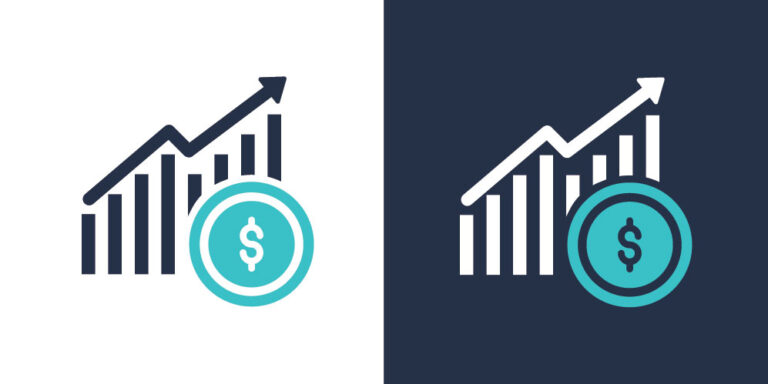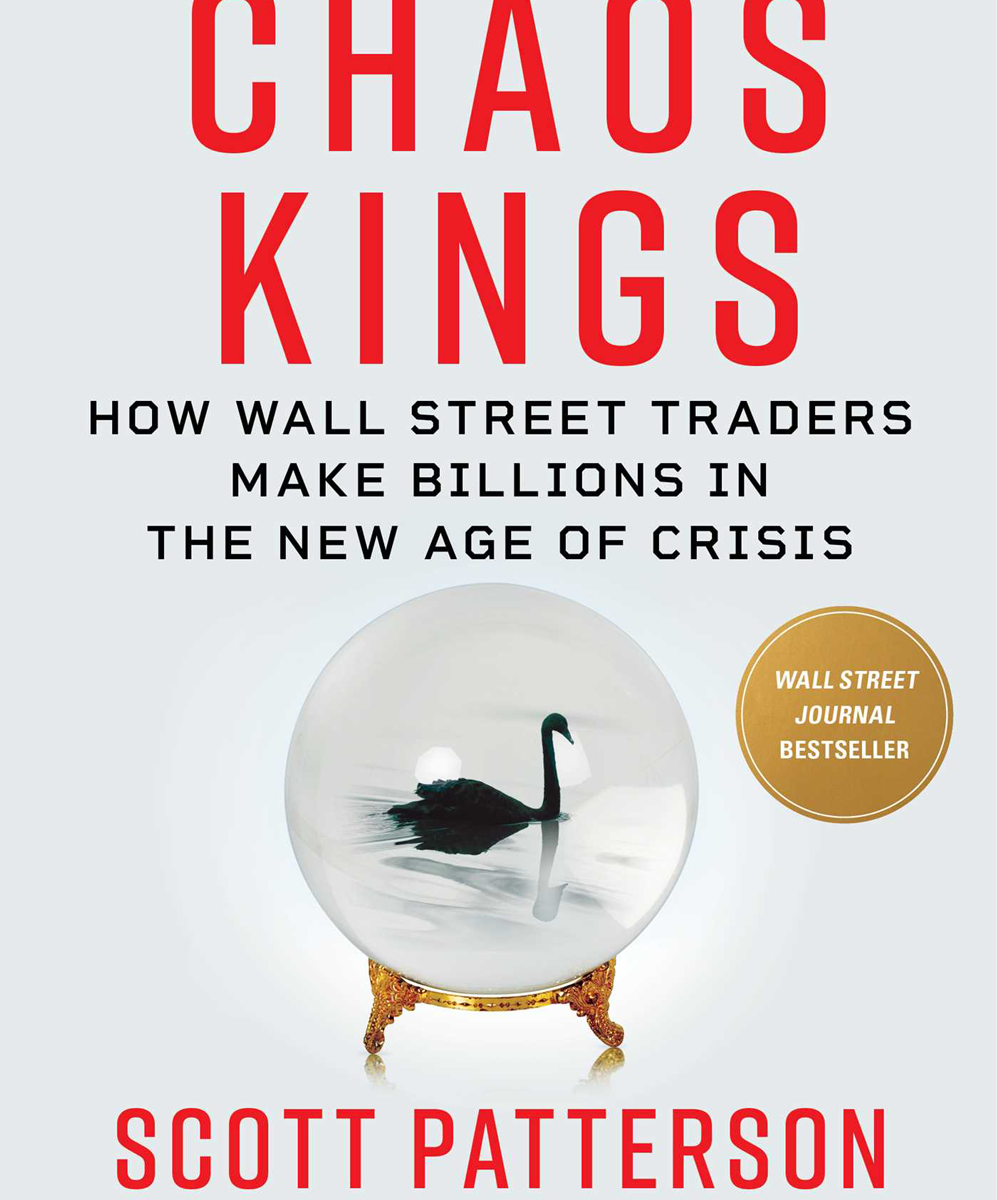
Most research on inflation is written when inflation is happening. One excellent overview, though, was undertaken when it wasn’t clear whether prices would rise or fall.
That was around 2010. The U.S. was stuck in an economic rut after the Great Recession, a slowdown so extreme that some economists worried prices would fall relentlessly. At the same time, lawmakers and the Federal Reserve injected trillions into the economy, leading some other economists to fear prices would soar.
Neither extreme happened, but in 2012, actuarial science academicians Kevin Ahlgrim and Stephen D’Arcy published “The Effect of Deflation or High Inflation on the Insurance Industry.”
The Casualty Actuarial Society, the Canadian Institute of Actuaries and the Society of Actuaries jointly supported the paper.[1] It was intended as a primer and guide and still serves as a clear enunciation of what inflation and deflation are, how they are measured, how they affect insurers and, at a high level, how they can be modeled.
Following is an overview, with some comment on how well the paper applied to the inflation of the early 2020s.
Section 1 discusses the causes of inflation, how the government measures inflation and how all of that affects insurance costs.
The causes of inflation you probably remember from economics class:
- Cost-push inflation comes from rising underlying costs. We saw this in early 2022, when Russia’s invasion of Ukraine drove up grain and oil prices.
- Demand-pull inflation arises when lots of people want to buy the same thing. The seller responds to the increasing demand by raising prices. This occurred early in the pandemic when the lockdown turned the United States into a nation of remodelers. Lumber prices rose more than 300%, according to trade journals cited by National Public Radio.
The measurement of inflation is important to insurers because, as the authors put it, “the effects on insurers may be dramatically different” from what the official statistics show.
Government measurements, like the consumer price index, adjust inflation for product quality. These are known as hedonic adjustments, ”the extra costs embedded in new products that reflect product upgrades.” Ahlgrim and D’Arcy note that in the decade preceding their paper, the retail price of automobiles increased on the order of 25%, but the official inflation rate on autos was likely considerably less. Newer cars have features old cars lacked. The new car costs more, but that is partly because the new car is a better car. Government statistics reflect that.
There is also a knock-on effect, as inflation affects other parts of the economy that can affect insurer costs.
The new features don’t show up in the inflation rate, but if there is an accident, an insurance company must pay to replace them. This implies that growth in claim severity will always exceed an underlying inflation measure.
Ahlgrim and D’Arcy mention two other effects impacting insurance costs that are not perfectly captured by government indices. Auto liability insurers face exposure to the cost of auto parts (for property damage claims) and the cost of medical treatment (for bodily injury claims).
There is also a knock-on effect, as inflation affects other parts of the economy that can affect insurer costs. For example, unemployment is often low when inflation is high. Low unemployment can affect the number and size of workers’ compensation and disability claims.
Section 2 discusses inflation trends across time. The authors suggest inflation falls into three regimes, a topic they return to later. They define:
- Normal inflation, between 0% and 6% annually. Their data (1914-2010 in the U.S. and 1916-2010 in Canada) showed normal inflation occurs about two-thirds of the time.
- High inflation, above 6%. This happens about 20% of the time. They note that inflation also fluctuates more in this regime.
- Deflation, which happens least frequently. Inflation fluctuates least during periods of negative inflation.
Section 3 summarizes research into how inflation affects insurance results.
Claim costs rise, of course — more than the official inflation rate indicates, for reasons we’ve discussed. Any claim costs involving health care are further distorted because health insurers can negotiate the cost of treating an injury in advance, while property-casualty insurers generally cannot.
In addition to affecting costs of future claims, a rise in inflation can cause loss reserves to develop adversely, and the increase is taken directly from surplus. Longer-tailed lines suffer more.
The authors home in on how results differ by the level of inflation — deflation, normal or high — that they defined earlier. I’ve reproduced their results in Table 1.

NII = Net investment income as a percentage of average assets
They caution against overinterpreting results, but note that the data show:
- Underwriting profits are lowest when inflation is moderate and highest during periods of deflation. When inflation is high, underwriting profits were not highly correlated with the inflation rate.
- Net investment income was fairly even across inflation regimes. It was positively correlated with moderate inflation and negatively correlated with deflation.
- Stock returns were highest during deflationary periods and lowest when inflation was high.
- When inflation was high, unemployment was low, and vice versa.
The recent high-inflation years of 2021 and 2022 don’t exactly follow that script, according to U.S. industry results published by the National Association of Insurance Commissioners.
- Underwriting profits declined, with the combined ratio rising from 98.7 in 2020 to 99.6 in 2021 and 102.5 in 2022. The authors’ data indicated the opposite would happen. Catastrophes and rising auto frequency — presumably uncorrelated with inflation — took their toll.
- Net investment income rose a little in 2021, and — consistent with the authors’ data — a lot (more than 30%) in 2022, as insurers were able to put new premium into higher yielding investments.
- Capital gains rose in 2021 but fell in 2022, consistent with stock performance in both years. The authors’ data signaled weak performance was most likely to occur.
Section 4 discusses how insurers can mitigate risk during periods of high inflation or deflation.
When inflation is high, they suggest reducing policy terms — moving from, say, annual policies to six-month policies — with actuaries adjusting rates as frequently as possible. They recommend reserving actuaries use methods that separate inflation rates from loss experience, then plug up-to-date inflation estimates into the model.[2] Lines of business subject to premium audit should beef up the audit function.
To invest when inflation is high, Ahlgrim and D’Arcy suggest moving to short-term bonds, which are less vulnerable to changes in the inflation rate. This would reduce earnings, usually, but less so than the capital loss induced by holding longer-term bonds. They also suggest investing in commodities that affect insurer costs the most, like steel, timber and other drivers of replacement costs.
Deflation, they note, usually happens when the economy is quite weak. Higher unemployment means fewer renewals. The lapse rate increases. They recommend focusing on areas where counterparty risk is great: agents’ balances, installment payments, unpaid balances.
Section 5 touches on how actuaries could model inflation. They suggest starting from a simple autoregressive model — a weighted average of the current inflation rate and the long-term inflation rate, plus a random error term. They also suggest building a regime-switching component into the models. With regime switching, the mathematics doesn’t change — the model is still a weighted average — but when moving from one regime to the next, the parameters feeding the model do.
The authors don’t go into much detail about modeling in this paper. They had built a public access model and left the details to an accompanying paper. Both papers and the public access model can be found at the following URL: https://www.casact.org/abstract/effect-deflation-or-high-inflation-insurance-industry.
Overall, Ahlgrim and D’Arcy give a sound, clear outline of the impacts of inflation on insurers. Their work is helpful not only to actuaries, but to anyone who works in the insurance industry.
Jim Lynch, FCAS, MAAA, is retired from his position as chief actuary at Triple-I and has his own consulting firm.
[1] The paper discusses life insurance as well as property-casualty, but I will only focus on the latter.
[2] The authors point specifically to Greg C. Taylor, “Separation of Inflation and Other Effects from the Distribution of Non-Life Insurance Claim Delays,” ASTIN Bulletin 9, 1-2:219-230; and Stephen D’Arcy and Richard W. Gorvett, “Measuring the Interest Rate Sensitivity of Loss Reserves,” Proceedings of the Casualty Actuarial Society, Vol 87, 2000, pp. 365-400 http://www.casact.org/pubs/proceed/proceed00/00365.pdf













